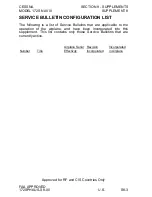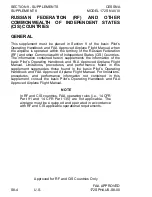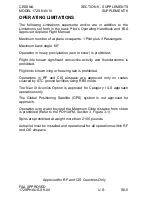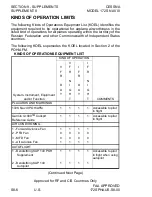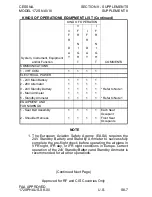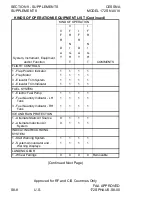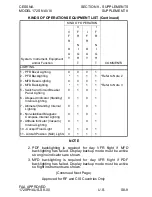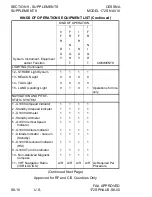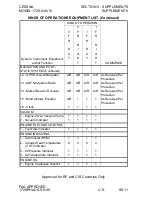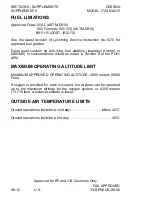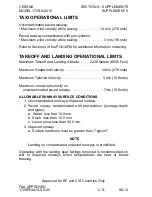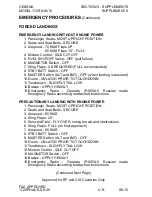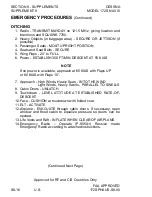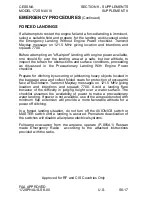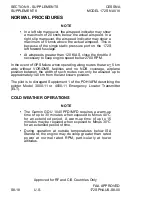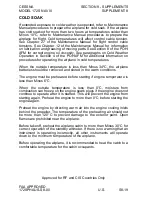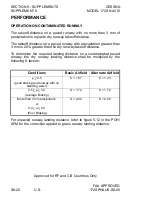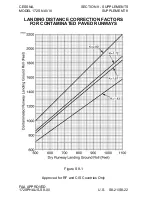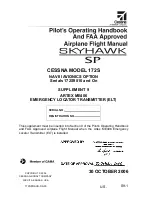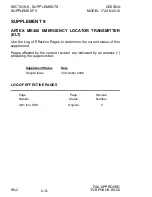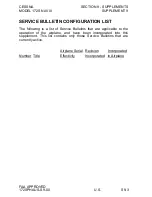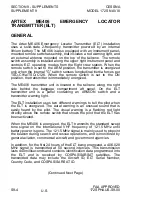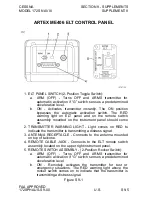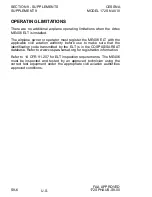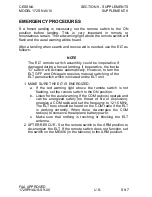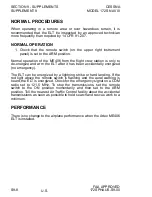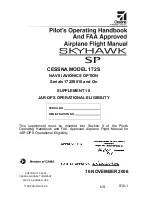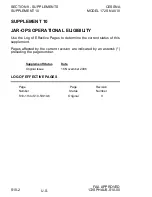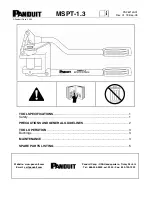
CESSNA
SECTION 9 - SUPPLEMENTS
MODEL 172S NAV III
SUPPLEMENT 8
U.S.
FAA APPROVED
EMERGENCY PROCEDURES
(Continued)
FORCED LANDINGS
If all attempts to restart the engine fail and a forced landing is imminent,
select a suitable field and prepare for the landing as discussed under
the Emergency Landing Without Engine Power checklist. Transmit
Mayday message on 121.5 MHz giving location and intentions and
squawk 7700.
Before attempting an "off-airport" landing with engine power available,
one should fly over the landing area at a safe, but low altitude, to
inspect the terrain for obstructions and surface conditions, proceeding
as discussed in the Precautionary Landing With Engine Power
checklist.
Prepare for ditching by securing or jettisoning heavy objects located in
the baggage area and collect folded coats for protection of occupants'
face at touchdown. Transmit Mayday messages on 121.5 MHz giving
location and intentions and squawk 7700. Avoid a landing flare
because of the difficulty in judging height over a water surface. The
checklist assumes the availability of power to make a precautionary
water landing. If power is not available, use of the airspeeds noted with
minimum flap extension will provide a more favorable attitude for a
power off ditching.
In a forced landing situation, do not turn off the AVIONICS switch or
MASTER switch until a landing is assured. Premature deactivation of
the switches will disable all airplane electrical systems.
Following evacuation from the airplane, operate (P-885A1) Russian
made Emergency Radio according to the attached instructions
provided with the radio.
Approved for RF and CIS Countries Only
S8-17
172SPHAUS-S8-00

